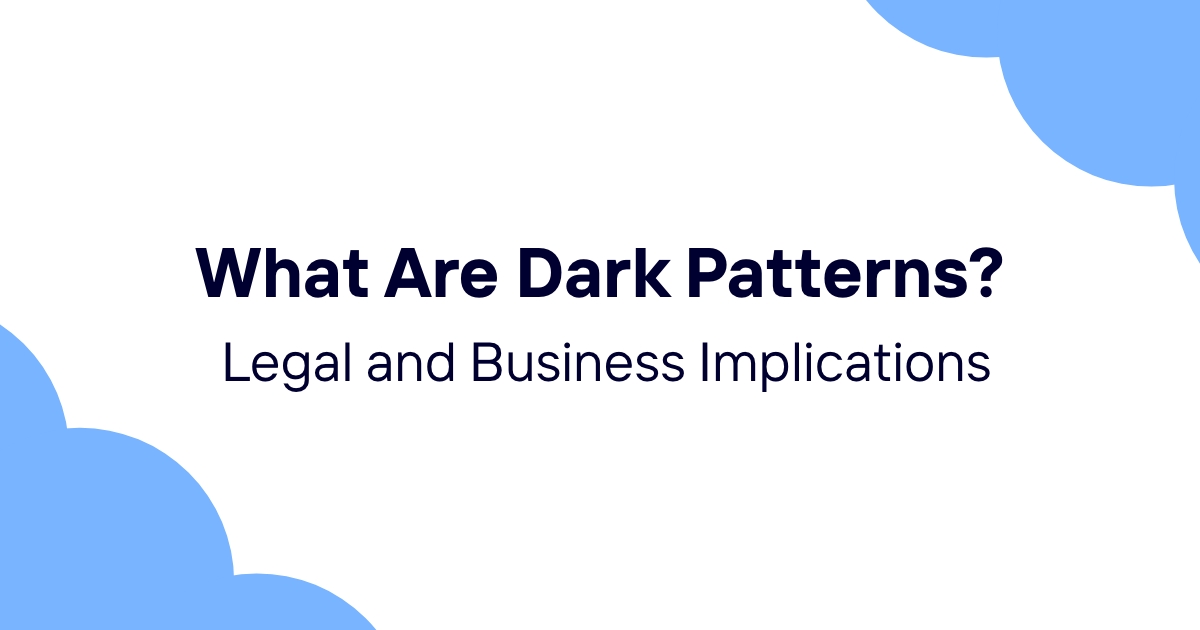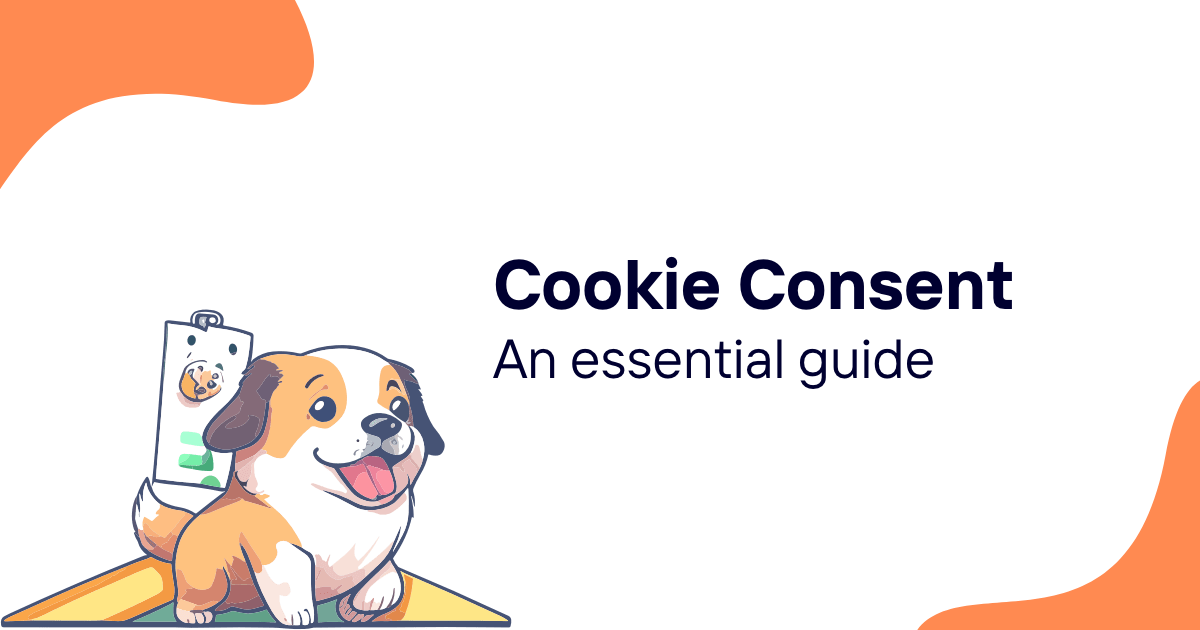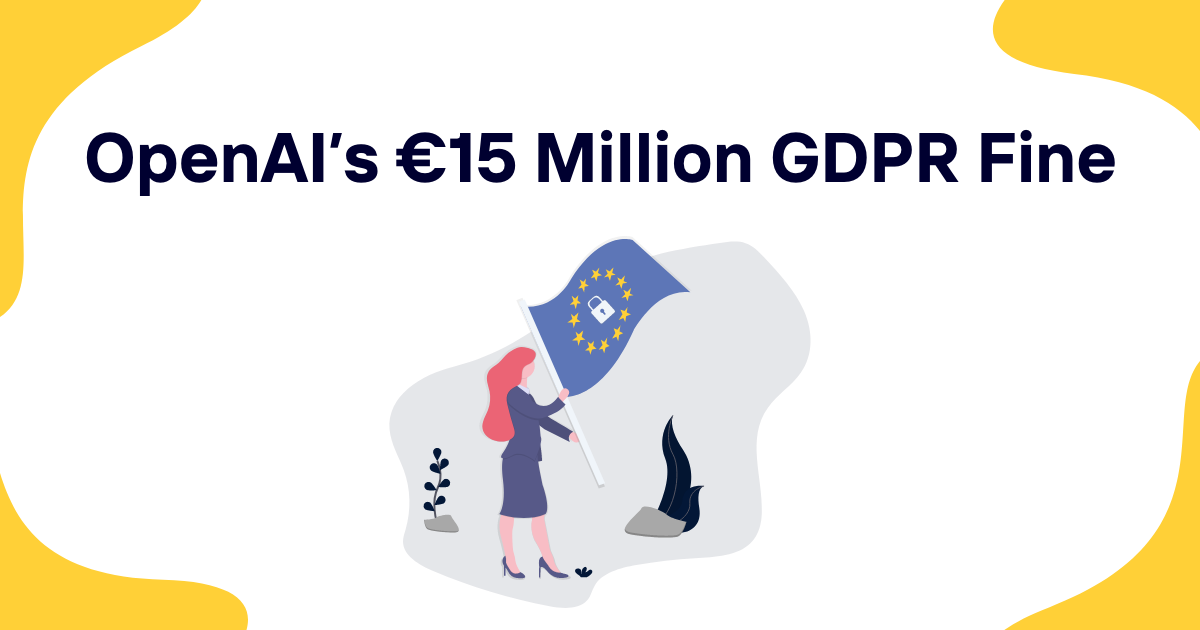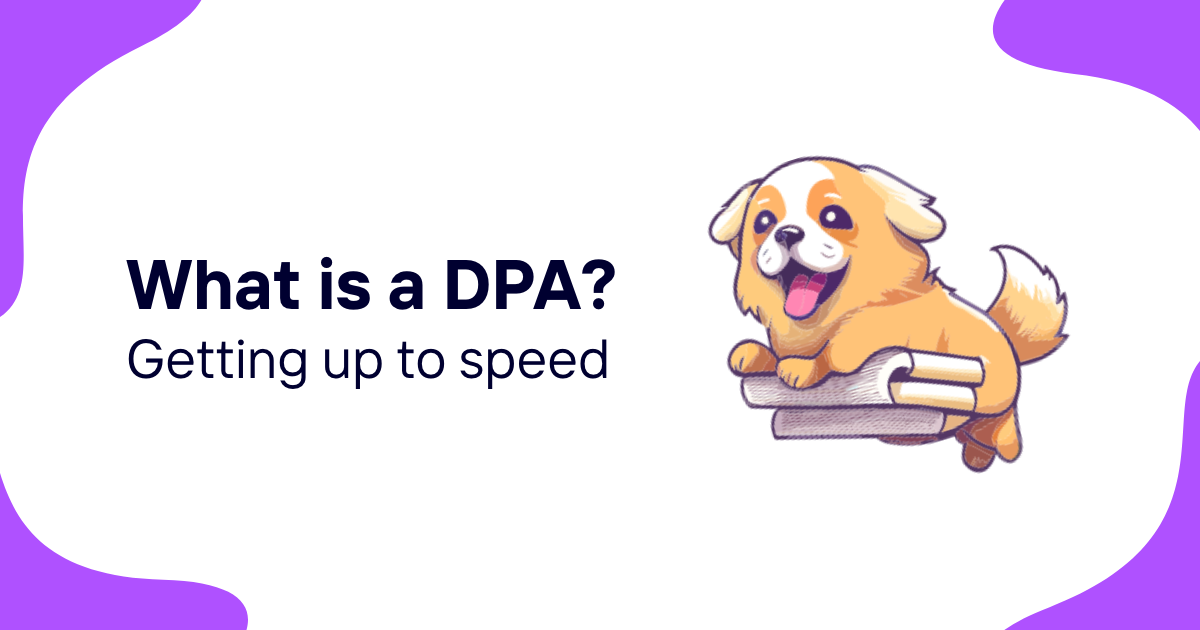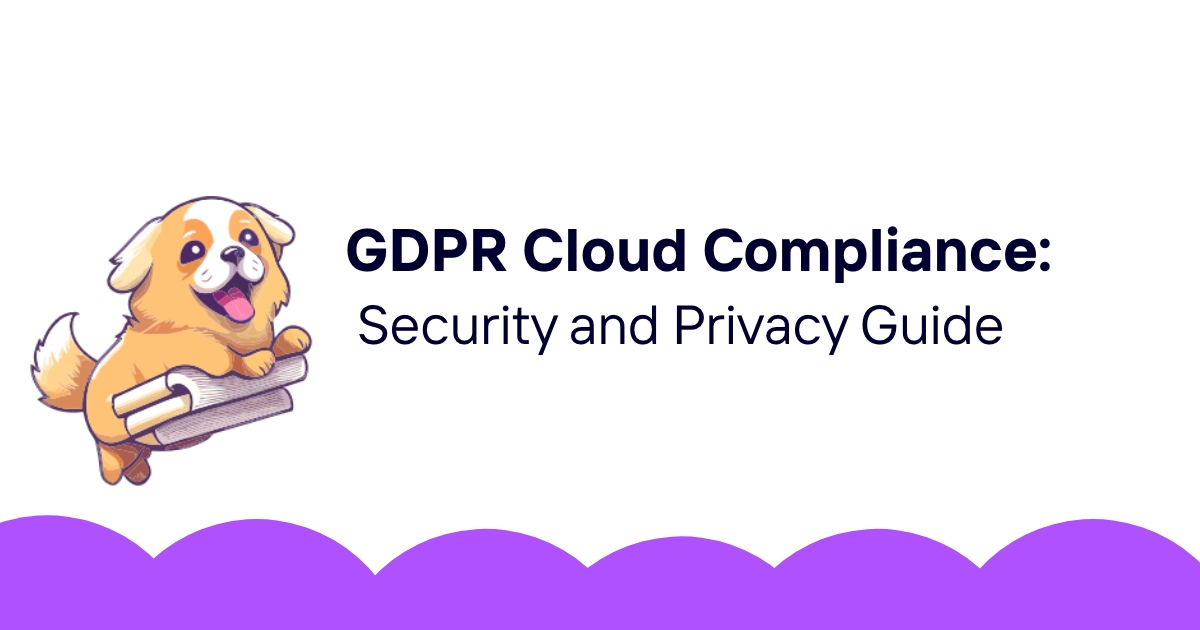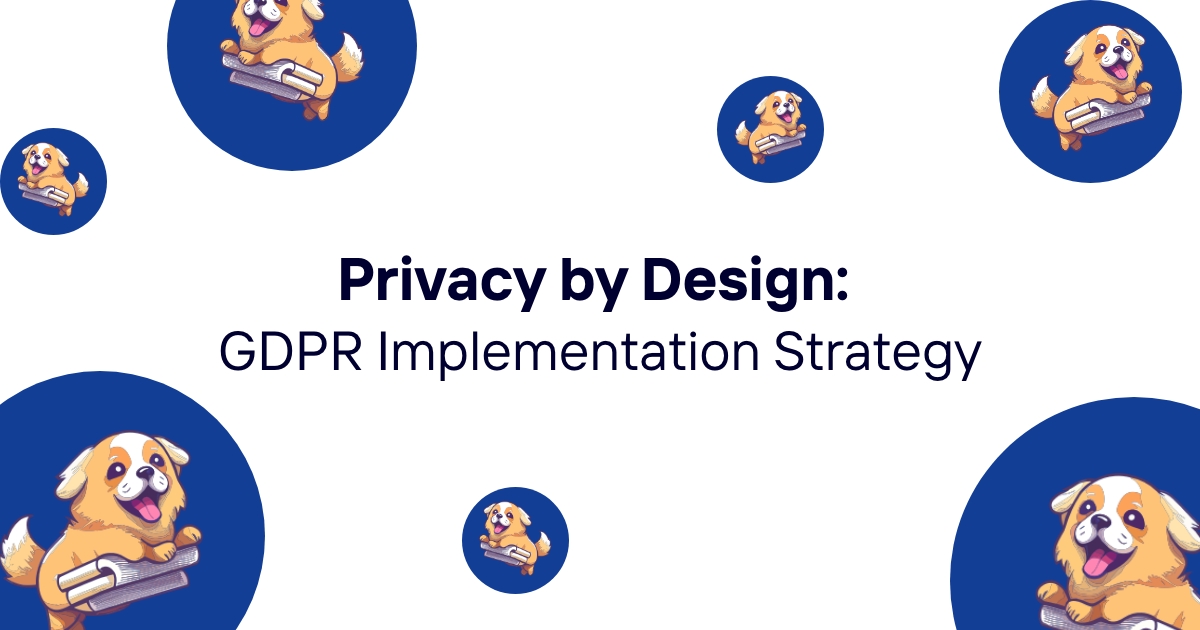Web designers have crafted an invisible weapon that sits between you and your digital freedom. Dark patterns—those sneaky interface tricks that nudge you into decisions you never intended to make—have become the bread and butter of modern web design. But here's the thing: most people don't even realize they're being manipulated.
Picture this scenario. You're trying to cancel a subscription service, and suddenly you're trapped in a maze of "Are you sure?" buttons, misleading links, and pre-checked boxes that somehow sign you up for three additional services. Sound familiar? You've just encountered what researchers call "malicious design patterns"—a term that's become so commonplace it deserves its own spotlight.
Companies spend millions perfecting these psychological manipulation tactics, turning user experience design into a battlefield where your attention, money, and data become the spoils of war. The average internet user falls victim to dark patterns multiple times per day without even noticing.
Table of contents
- Dark patterns defined
- The psychology behind dark patterns
- Common types of dark patterns
- Industries most affected by dark patterns
- Legal and regulatory response
- Real-world examples and case studies
- Impact on consumers and businesses
- How to identify dark patterns
- Protecting yourself from dark patterns
- The future of ethical design
- Building compliant digital experiences
Dark patterns defined
Dark patterns represent deliberate design choices that trick users into doing things they didn't intend to do. The term was coined by UX designer Harry Brignull in 2010, though the practices themselves existed long before they had an official name.
These manipulative design elements exploit cognitive biases and psychological vulnerabilities. They transform user interfaces from helpful tools into profit-maximizing machines that prioritize business goals over user welfare. The key word here is "deliberate"—these aren't accidental design flaws or oversights.
Think of dark patterns as the digital equivalent of a carnival barker. They use misdirection, pressure tactics, and clever wordplay to separate you from your money or personal information. The difference is that carnival barkers operate in physical spaces where their tactics are more obvious. Dark patterns hide behind sleek interfaces and sophisticated user experience principles.
What makes these patterns particularly insidious is their subtlety. Good dark patterns don't feel like manipulation—they feel like natural user flows that just happen to benefit the company at your expense. The most effective ones make you feel like you made the choice yourself.
The line between persuasive design and dark patterns can seem blurry, but intent matters. Persuasive design aims to help users accomplish their goals more effectively. Dark patterns prioritize business metrics over user satisfaction, often creating friction where none should exist.
The psychology behind dark patterns
Human psychology provides the foundation for every successful dark pattern. Designers exploit well-documented cognitive biases that affect decision-making processes, turning behavioral economics research into profit-generating tactics.
Loss aversion plays a starring role in many dark patterns. People hate losing something they already have more than they enjoy gaining something new. This explains why "limited time offers" and countdown timers create such urgency—they frame inaction as a loss rather than maintaining the status quo.
The default effect represents another psychological goldmine for dark pattern designers. Most people stick with pre-selected options, even when changing them would serve their interests better. Companies exploit this by setting defaults that benefit them rather than users.
Social proof mechanisms tap into our herd mentality. Those little notifications telling you "47 people bought this item in the last hour" or "Sarah from New York just purchased this product" leverage our tendency to follow what others are doing. Many of these notifications are fake or misleading.
Cognitive load theory explains why complex unsubscribe processes work so effectively. When people feel overwhelmed by choices or complicated procedures, they often give up or choose the easiest option. Dark patterns deliberately increase cognitive load to discourage certain behaviors.
Scarcity psychology makes limited availability more attractive than abundant supply. "Only 3 left in stock" messages trigger fear-of-missing-out responses, even when inventory numbers are artificially manipulated or completely fabricated.
The reciprocity principle shows up in "free" trials that require credit card information. Once users provide payment details to access something free, they feel obligated to continue the relationship, even if they never intended to pay.
Common types of dark patterns
Dark patterns come in many flavors, each designed to exploit specific user behaviors and expectations. Understanding these categories helps identify manipulation attempts before they succeed.
Bait and switch patterns
These patterns promise one outcome but deliver something different. Users click a button expecting one result and get redirected to unwanted actions or pages. The classic example involves download buttons that lead to software installations instead of the promised file.
Confirmshaming patterns
This category uses guilt, shame, or social pressure to discourage users from making certain choices. Unsubscribe buttons might be labeled "No thanks, I don't want to save money" or "I prefer paying full price." The phrasing makes the sensible choice feel unreasonable or antisocial.
Disguised ads
These patterns make advertisements look like regular content or interface elements. Users click what they think are navigation buttons or content links but end up on advertising pages instead. Native advertising represents a sophisticated version of this pattern.
Forced continuity
This pattern makes it difficult or impossible to stop recurring payments or subscriptions. Companies might hide cancellation options, require phone calls to cancel online subscriptions, or automatically renew services without clear warning.
Friend spam
These patterns trick users into granting access to contact lists or social media accounts, then send promotional messages to friends and family without explicit permission. The initial request often disguises the true purpose.
Hidden costs
Additional fees appear at the final step of checkout processes, after users have invested time and emotional energy in the purchase. Hotel booking sites frequently employ this pattern with resort fees and cleaning charges.
Misdirection
Visual design elements guide attention away from important information or toward actions that benefit the company. Bright colors might highlight expensive options while dimming cheaper alternatives.
Privacy Zuckering
Named after Facebook's CEO, this pattern involves tricking users into sharing more personal information than they intended. Complex privacy settings and misleading consent forms enable this type of manipulation.
Roach motel
Users can easily get into a situation but find it very difficult to get out. Creating accounts might be simple, but deleting them requires jumping through multiple hoops or becomes impossible entirely.
Trick questions
Confusing language or double negatives in forms cause users to select options they don't actually want. Checkbox labels like "Uncheck this box if you don't want to not receive our newsletter" exemplify this pattern.
Industries most affected by dark patterns
Certain industries have embraced dark patterns more enthusiastically than others, often because their business models depend on maximizing user engagement or spending.
Social media platforms
Social media companies monetize attention, making user engagement their primary currency. Dark patterns help keep users scrolling longer, sharing more personal information, and clicking more advertisements. Infinite scroll feeds prevent natural stopping points. Notification systems create artificial urgency around social interactions.
The "privacy" settings on these platforms often exemplify multiple dark patterns simultaneously. Complex menu structures hide important controls. Default settings favor data collection over user privacy. Confusing language makes it difficult to understand what information gets shared with whom.
E-commerce and retail
Online shopping platforms use dark patterns to increase cart values and conversion rates. Product pages might show fake inventory levels or visitor counts. Checkout processes reveal hidden fees at the last moment. Subscription services hide in seemingly one-time purchases.
Review systems on e-commerce sites frequently employ dark patterns. Fake reviews boost product ratings. Filtering systems hide negative feedback. Incentive programs encourage positive reviews while discouraging negative ones.
Gaming and mobile apps
Mobile games and apps master dark patterns because their success depends on user retention and in-app purchases. Push notifications create false urgency. Energy systems limit gameplay to encourage spending. Reward schedules exploit variable ratio reinforcement psychology.
App stores themselves employ dark patterns through subscription management. Finding and canceling subscriptions requires navigating complex settings menus. Auto-renewal happens without clear warning. Family sharing complicates the cancellation process.
Streaming services
Video and music streaming platforms use dark patterns to reduce churn and increase engagement. Cancellation processes require multiple confirmation steps. "Pause" subscription options hide among confusing menu choices. Free trial periods require credit card information despite being genuinely free.
Content recommendation algorithms represent sophisticated dark patterns that manipulate viewing behavior. Autoplay features override user preferences. "Skip intro" buttons disappear inconsistently. Interface design makes browsing more appealing than stopping.
Financial services
Banks, credit card companies, and fintech applications employ dark patterns around fee disclosure and service upgrades. Important terms hide in lengthy documents. Opt-out processes for services require phone calls or written notices. Overdraft protection comes with misleading default settings.
Investment apps use dark patterns to encourage more trading activity. Push notifications create artificial urgency around market movements. Gamification elements make trading feel like entertainment rather than financial risk-taking.
Legal and regulatory response
Governments and regulatory bodies worldwide have begun recognizing dark patterns as legitimate consumer protection issues. The legal landscape continues evolving as lawmakers struggle to keep pace with rapidly changing digital manipulation techniques.
European Union regulations
The General Data Protection Regulation (GDPR) addresses many dark patterns related to data collection and privacy consent. The regulation requires clear, affirmative consent for data processing. Pre-checked boxes for optional services become illegal under GDPR. Privacy policies must use plain language that ordinary users can understand.
The Digital Services Act builds upon GDPR by specifically targeting dark patterns on large online platforms. The legislation prohibits interfaces designed to deceive, manipulate, or materially distort user decision-making. Covered platforms must conduct risk assessments of their design choices.
United States legislation
California led American efforts with the California Privacy Rights Act, which includes provisions against dark patterns in privacy interfaces. The law requires businesses to treat requests to opt out of data sales as favorably as requests to opt in.
Federal legislation remains limited, but the Federal Trade Commission has increased enforcement actions against companies using deceptive design practices. The agency's guidance documents warn businesses about dark patterns while promising continued scrutiny.
Industry self-regulation
Major technology companies have begun implementing their own dark pattern policies, partly to avoid stricter government regulation. Apple's App Store Review Guidelines prohibit various manipulative practices. Google's Play Store policies similarly restrict certain types of dark patterns.
Professional organizations like the User Experience Professionals Association have developed ethical guidelines that discourage dark pattern usage. Industry conferences increasingly feature sessions on ethical design practices and dark pattern alternatives.
The following table summarizes key regulations addressing dark patterns:
| Regulation | Jurisdiction | Key Provisions | Dark Pattern Focus |
|---|---|---|---|
| GDPR | European Union | Consent requirements, privacy by design | Data collection, privacy consent |
| Digital Services Act | European Union | Platform accountability, risk assessments | Platform design, user manipulation |
| CCPA/CPRA | California, USA | Consumer data rights, opt-out requirements | Privacy settings, data sales |
| FTC Guidance | United States | Deceptive practice enforcement | General consumer protection |
Real-world examples and case studies
Examining specific dark pattern implementations provides concrete understanding of how these manipulative techniques operate in practice. Real companies have faced legal consequences for their dark pattern usage.
LinkedIn's contact import controversy
LinkedIn faced significant backlash for dark patterns in their contact import feature. The professional networking platform made it easy for users to upload contact lists but failed to clearly explain that LinkedIn would send connection invitations to imported contacts without explicit user permission.
The company settled multiple class-action lawsuits related to this practice. Users claimed LinkedIn sent unwanted invitations that appeared to come from them personally, potentially damaging professional relationships. The settlement required LinkedIn to modify their contact import process and pay monetary damages.
This case illustrates how friend spam patterns can create legal liability beyond just user frustration. Professional networks carry higher stakes than casual social platforms because unwanted communications can damage career relationships.
Amazon's subscription trap
Amazon Prime membership has generated numerous complaints about dark patterns in subscription management. Users report difficulty finding cancellation options, which are buried deep within account settings. The cancellation process includes multiple "Are you sure?" screens designed to discourage follow-through.
The company also pre-selects Prime membership during checkout for non-Prime users, using small text and positioning to make this option appear routine rather than optional. Many users discover Prime charges on their credit cards without remembering how they signed up.
Consumer protection agencies in multiple countries have investigated Amazon's subscription practices. The European Union specifically required Amazon to simplify their Prime cancellation process and make subscription terms more transparent.
Facebook's privacy settings maze
Facebook (now Meta) has repeatedly faced criticism for dark patterns in privacy controls. The platform's settings menus use complex navigation structures that make it difficult to find specific privacy options. Default settings consistently favor data sharing over user privacy.
The company's "Privacy Checkup" tool exemplifies confirmshaming patterns by framing privacy protection as limiting social connection. Options to restrict data sharing include warnings about missing out on personalized content or social features.
Multiple regulatory investigations have targeted Facebook's privacy practices. The company has paid billions in fines and agreed to extensive oversight of their privacy interfaces and default settings.
Mobile game energy systems
Popular mobile games like Candy Crush Saga use energy systems as dark patterns to encourage in-app purchases. Players receive limited "lives" or "energy" that depletes with gameplay. When energy runs out, players must wait hours for regeneration or pay to continue immediately.
These systems exploit intermittent reinforcement psychology and create artificial scarcity around entertainment. Players often make impulsive purchases during engaging gameplay moments when energy limits interrupt their flow state.
Regulatory attention has focused on these patterns, particularly when games target children. Some jurisdictions have implemented requirements for clearer disclosure of game mechanics and spending limits.
Impact on consumers and businesses
Dark patterns create widespread effects that extend beyond individual user experiences. The cumulative impact affects entire markets, consumer behavior patterns, and business relationships.
Consumer financial impact
Users lose significant money to dark pattern manipulation. Unwanted subscriptions automatically renew because cancellation processes were too complex. Hidden fees add up at checkout. Fake urgency creates impulse purchases that users later regret.
Research suggests consumers lose hundreds of dollars annually to various dark patterns. Subscription services represent the largest source of unwanted charges, followed by in-app purchases and hidden fees on e-commerce platforms.
The psychological impact often exceeds financial losses. Users feel tricked and manipulated when they discover dark pattern usage. Trust in digital platforms erodes when interfaces prioritize company profits over user needs.
Market competition effects
Dark patterns can create unfair competitive advantages for companies willing to manipulate users. Ethical businesses that prioritize user experience may lose customers to competitors who exploit psychological vulnerabilities more effectively.
This creates a race-to-the-bottom dynamic where companies feel pressure to adopt dark patterns to remain competitive. The most manipulative interfaces often generate higher short-term conversion rates and user engagement metrics.
However, dark patterns can also backfire by generating negative publicity and regulatory attention. Companies that build reputations for manipulative practices may face long-term customer acquisition challenges as awareness increases.
User behavior adaptation
Sophisticated users develop defensive strategies against dark patterns over time. They learn to scrutinize interfaces more carefully, disable notifications, and avoid certain types of websites or applications.
This creates an arms race between dark pattern designers and aware users. Companies must develop increasingly subtle manipulation techniques to maintain effectiveness against educated audiences.
The adaptation process is uneven, with vulnerable populations like elderly users, children, and people with disabilities remaining more susceptible to manipulation. This creates equity concerns around who bears the burden of dark pattern harm.
Business operational costs
Companies using dark patterns face increased customer service costs as users struggle with manipulative interfaces. Support teams spend time helping customers navigate intentionally confusing processes or cancel unwanted services.
Legal and compliance costs also increase as governments implement dark pattern regulations. Companies must invest in interface audits, legal reviews, and redesign projects to maintain regulatory compliance.
Brand reputation management becomes more expensive when dark pattern usage generates negative publicity. Companies may need crisis communication services and marketing campaigns to rebuild trust after dark pattern controversies.
How to identify dark patterns
Recognizing dark patterns requires understanding common manipulation tactics and developing skepticism about interface design choices. Users can protect themselves by learning to spot suspicious design elements.
Visual and design cues
Dark patterns often use visual hierarchy to manipulate attention. Important information might appear in small, light gray text while less important elements get bright colors and large fonts. Cancellation buttons might be styled to look less clickable than purchase buttons.
Color psychology plays a significant role in dark pattern design. Green typically suggests positive actions while red indicates negative ones. Dark patterns might reverse this expectation or use color associations inconsistently to create confusion.
Button placement and sizing can indicate dark pattern usage. Primary actions that benefit the company receive prominent placement while actions that benefit users get relegated to small text links or hidden menu options.
Language and copy patterns
Dark pattern language often uses emotional manipulation or confusing terminology. Guilt-inducing phrases appear on opt-out buttons. Technical jargon obscures important terms and conditions. Double negatives create confusion about checkbox meanings.
Time pressure language creates artificial urgency around decisions. Phrases like "limited time offer" or "only available today" might appear without genuine time constraints. Social proof language claims popularity without verification.
Legal language in dark patterns might be technically accurate but practically misleading. Terms of service might grant broad permissions using narrow technical definitions that users wouldn't understand without legal training.
Behavioral red flags
Interfaces that make simple tasks complicated often employ dark patterns. Signing up should be as easy as canceling. Finding important settings should be straightforward. Basic account management shouldn't require phone calls or email exchanges.
Asymmetric design choices suggest dark pattern usage. If creating an account takes one click but deleting it requires multiple steps, the interface prioritizes company goals over user preferences.
Unexpected outcomes indicate potential dark patterns. Clicking a button should produce the result suggested by the button text. Hidden actions or surprise redirects suggest manipulative intent.
Protecting yourself from dark patterns
Users can develop strategies and habits that reduce vulnerability to dark pattern manipulation. Protection requires both awareness and practical defensive measures.
Reading and understanding terms
Take time to read important terms and conditions, particularly for services involving recurring payments or data sharing. Look for automatic renewal clauses, fee structures, and cancellation procedures. Don't accept defaults without understanding their implications.
Privacy policies deserve special attention because they often contain dark pattern language. Look for opt-out procedures, data sharing arrangements, and contact information for privacy-related questions.
When terms seem unclear or overly complex, consider this a red flag. Legitimate services should be able to explain their basic terms in language that ordinary users can understand.
Interface navigation strategies
Slow down when making important decisions on digital interfaces. Dark patterns rely on quick, impulsive choices made without careful consideration. Taking time to read button labels and understand consequences reduces manipulation effectiveness.
Look for alternative paths to accomplish goals. If canceling a subscription requires a phone call, check if online cancellation options exist elsewhere in the account settings. Companies might hide convenient options while promoting inconvenient ones.
Save important information like cancellation procedures and customer service contacts when signing up for services. Don't rely on finding this information later when you might be dealing with intentionally difficult interfaces.
Browser and device settings
Configure browser settings to block tracking cookies and limit data sharing with third-party websites. Many dark patterns rely on detailed user profiling to maximize manipulation effectiveness.
Disable push notifications from websites and applications unless genuinely necessary. Notification systems frequently employ dark pattern tactics to create false urgency and interrupt user attention.
Use browser extensions that highlight privacy settings or warn about tracking attempts. These tools can identify potential dark patterns and provide information about website data collection practices.
Payment and subscription management
Use credit cards rather than debit cards for online purchases to take advantage of fraud protection policies. Credit card chargebacks can help recover money lost to dark pattern manipulation.
Set up account alerts for recurring payments so you notice unwanted subscriptions quickly. Many banks and credit card companies offer these notification services for free.
Consider using virtual credit card numbers for subscription services. These allow you to easily cancel unwanted recurring payments by disabling the virtual card number.
The future of ethical design
The design industry faces growing pressure to abandon dark patterns in favor of ethical user experience principles. This shift requires changing business incentives and professional standards.
Emerging design principles
User-centered design principles emphasize serving user goals over business metrics. Ethical design frameworks provide alternatives to dark patterns that can still achieve business objectives while respecting user autonomy.
Transparency becomes a core design principle, requiring clear communication about fees, data collection, and service terms. Interfaces should make important information easily discoverable rather than hiding it in complex menu structures.
Consent design focuses on obtaining meaningful user permission for data collection and service features. This goes beyond legal compliance to ensure users understand what they're agreeing to and can easily change their minds later.
Industry certification and standards
Professional organizations are developing certification programs for ethical design practices. These programs train designers to recognize and avoid dark patterns while creating effective user experiences.
Industry standards for ethical design provide frameworks that companies can adopt voluntarily. These standards often go beyond legal requirements to establish best practices for user-friendly interface design.
Third-party auditing services help companies evaluate their interfaces for dark pattern usage. These audits can identify problematic design elements before they generate user complaints or regulatory attention.
Technology solutions
Browser developers are implementing features that help users identify and avoid dark patterns. These might include warnings about data collection, simplified privacy controls, or automatic detection of manipulative interface elements.
Artificial intelligence tools can analyze website interfaces to identify potential dark patterns automatically. These tools might help regulators monitor compliance or help users make informed decisions about which services to trust.
Open source projects are developing ethical alternatives to common dark pattern implementations. These provide designers with ready-made solutions that achieve business goals without manipulating users.
Building compliant digital experiences
Organizations serious about avoiding dark patterns must implement systematic approaches to ethical design and regulatory compliance. This requires both technical changes and cultural shifts within companies.
Design review processes
Establish design review procedures that specifically evaluate interfaces for dark pattern usage. These reviews should happen before public release and include input from legal, compliance, and user experience teams.
Create checklists that help designers identify potential dark patterns during the design process. These tools should cover common manipulation tactics and provide ethical alternatives for achieving business objectives.
Document design decisions to demonstrate good faith efforts at ethical interface creation. This documentation can be valuable if regulatory questions arise about interface design choices.
User testing and feedback
Conduct user testing that specifically evaluates interface clarity and user understanding. Test whether users can easily find important settings, understand terms and conditions, and accomplish their intended goals.
Collect and analyze user feedback about interface design and business practices. Patterns in customer service complaints might indicate dark pattern issues that need addressing.
Implement feedback loops that allow users to report potentially manipulative interface elements. This can help identify problems before they escalate to regulatory complaints or negative publicity.
Legal and compliance integration
Work with legal teams to ensure interface designs comply with applicable regulations like GDPR, CCPA, and industry-specific requirements. Privacy laws increasingly address dark patterns explicitly.
Develop internal policies that define acceptable and unacceptable interface design practices. These policies should provide clear guidance for designers and product managers about ethical boundaries.
Stay current with regulatory developments related to dark patterns and digital consumer protection. Laws and enforcement priorities continue evolving rapidly in this area.
Modern businesses need comprehensive approaches to digital compliance that address not just dark patterns but the broader landscape of data protection, privacy rights, and consumer protection regulations. Managing these requirements across multiple jurisdictions becomes increasingly complex as companies scale their digital operations.
Specialized compliance software platforms help organizations systematically identify and address potential dark patterns while maintaining compliance with evolving regulations. These tools provide automated monitoring, policy templates, and audit trails that demonstrate good faith compliance efforts to regulators and users alike. Companies using comprehensive compliance solutions like ComplyDog can streamline their approach to ethical design while ensuring they meet all applicable legal requirements for their digital interfaces and data handling practices.
